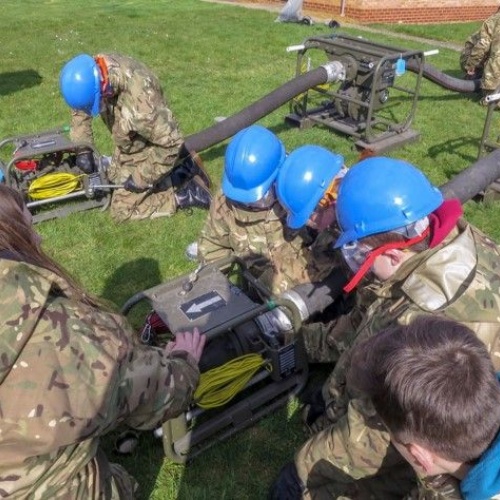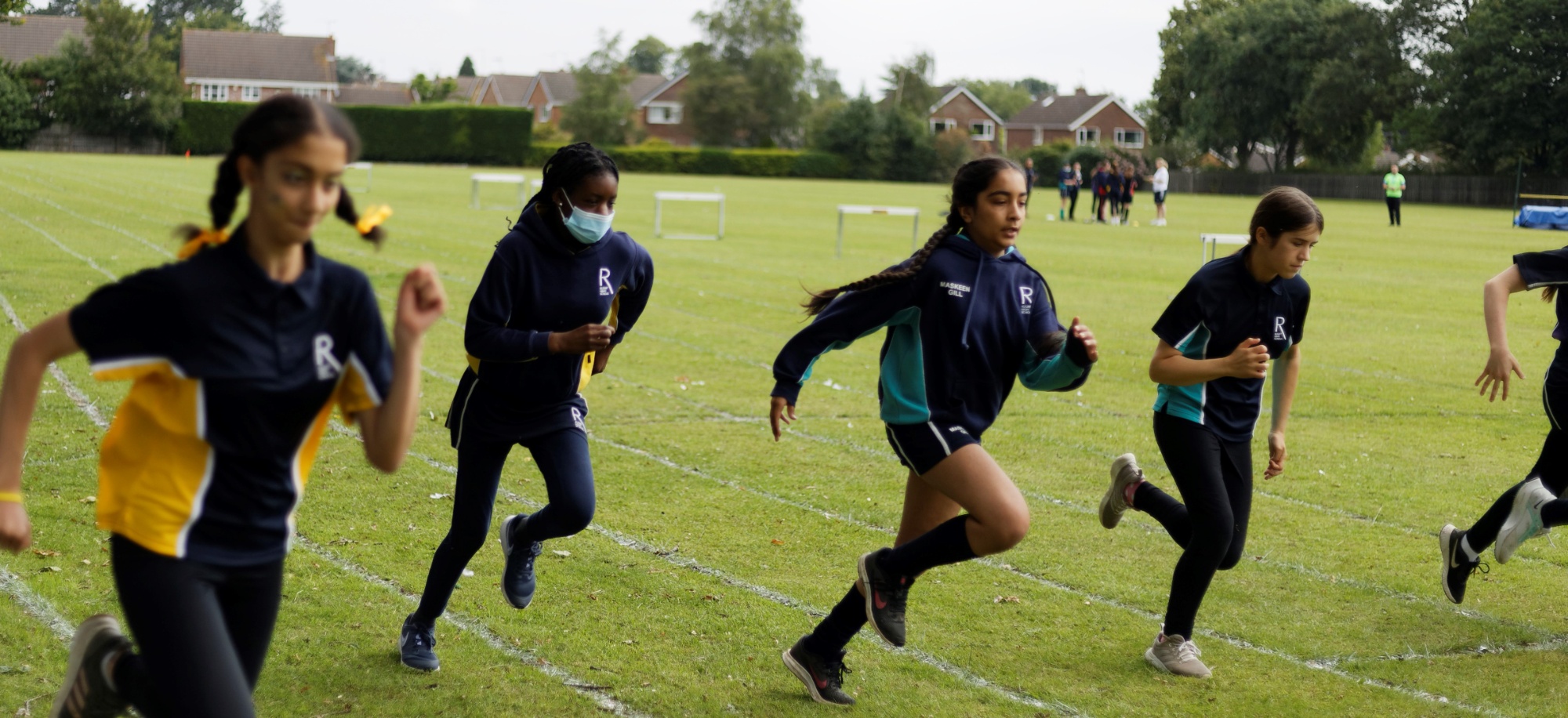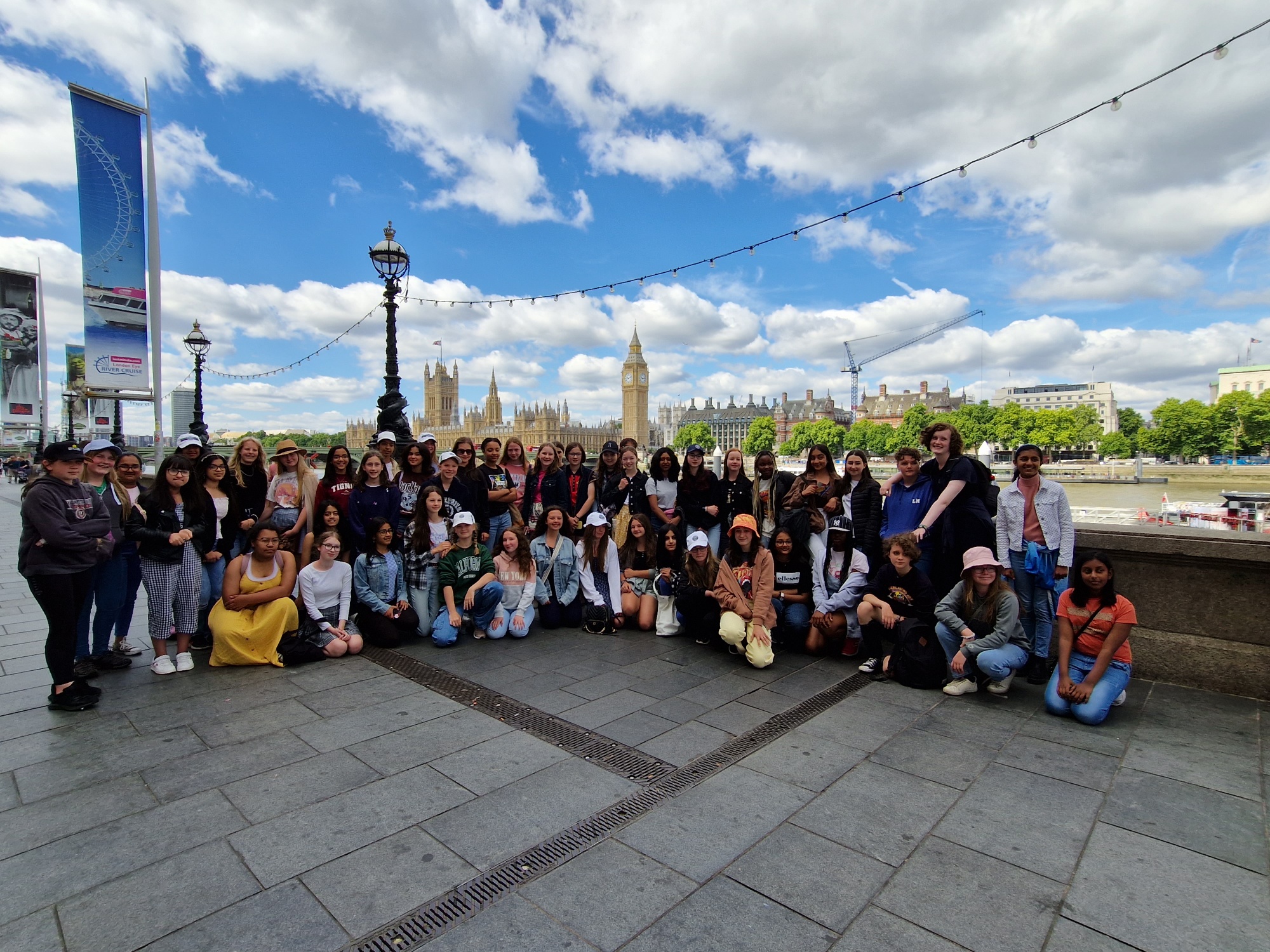The story behind a STEM residential

.My experience at a STEM course – A Week in Peterborough
I’m just here to tell you about how I disappeared for a week.
Ok, let me just say that I did have permission from school- so yes, my absence was verified and deemed to be a special absence. And I might have exaggerated the previous statement – I didn’t completely disappear. I just went on a STEM residential in Peterborough.
You see, it was actually my parents who had found about the course through the local cadets that I have been involved with, having joined a year ago. The application consisted of questions that asked of what I wanted to be in the future and how the course was going to help me establish my career goals. I guess it is worth saying that I am the typical girl you’d find around here who always seems to say that she wants to be a doctor when she’s older, but I’d have to say that from my recent experiences (including school events like CREST and GO4SET) I have really sparked the idea of becoming an engineer, and when I was writing my application, I remember writing about how I had felt conflicted between wanting to become a doctor but always being tempted back by engineering. When I had learnt about the STEM course being based about supplying Humanitarian Aid to countries in need, while using engineering aspects and execution, I thought it was a perfect way to resolve my ongoing situation.
I had later found out during the course that my application along with 39 others had been chosen amongst 316 people or so across the country! There were people who had travelled 6-hour train journeys from Aberdeen and Inverness and people from the complete opposite direction, coming in from Devon and Plymouth. It was easy to make friends with everyone, and take it from me, one of the quietest people in the year, to say so. We started out from not knowing anyone to getting last minute contacts by the end of it!
The ‘sciencey’ part of the course was to produce a project that showed how the RAF could supply humanitarian aid to a country that had been recovering from a war situation. It was called ‘Mission Falcon Relief’ and throughout the period of 5 days we were taught how the process of execution was sub-divided into individual squadrons (basically different branches of the RAF across the country) who are in charge of certain parts of the operation that, when pooled together, will create a successful distribution of relief being sent.
We explored the arts of suppliers and had also investigated food and catering, which were potential relief methods we could have used in our project. We didn’t have recipes and had to use the rationed food provided to us. We also had a chance at looking at FMTVs (I.e. the military vehicles you see in documentaries). We then got to see the MTVs stored in the garage and had the task of loading it onto a carriers’ truck, using the real (and heavy) tools to tighten and secure the chains onto them. We then looked at cargo loading and how it worked. We then had some fun by guiding people through a maze of boxes, using only our voices to guide them. Interesting indeed, but I think I’ve learnt to talk more confidently, in this case to stop someone going head-first into a pile of boxes! In the evenings, we were split into teams that were responsible for different tasks of distributing humanitarian relief to real countries around the world. We got to zoom in on the criteria that each individual soldier needed before performing a task in a country outside of the UK. This mission was called Operation X. On other evenings however, we just got to visit the SPAR that was on site, get loaded with all the goodies they sell there and have a good laugh while watching Dora: Lost in the City.
On the last few days however, we were starting to think about presenting our overall project. Now, for those who have done CREST before in school should know that we must make a poster board, and we have to print pictures and do the writing and all that jazz. But since we had been given paperwork for each activity we had done, all we had to do was summarise each activity we did and mention its significance. We did have a slight pressure on us since our group had finished everything on the very last day’s evening, but our mentors were always there to help us do whatever task we assigned them, and it was worth it when we won ‘Best in Show’ out of all the groups.
Finally, we all went home with content faces, and an additional 3 new qualifications to add onto our CVs! Since I had already had a Bronze Industrial Cadet Award from my GO4SET project in school, I received the Silver Industrial Cadet Award from this course. I was also awarded with the Silver CREST award and the Logistics Experience in STEM Recognition. Best of all though, I also have new friends, of whom I still keep in contact with.
But, thinking about everything that we had done and the opportunities the course had supplied us with makes me feel grateful to have gotten this experience. So, just take from all of that, that it is not that hard to get into and if someone like me could get it without really trying to get into anything, then if you can almost guarantee your spot.
If you want to know more information about how you can do STEM courses like the one I did, I recommend you go on: www.industrialcadets.org.uk where you’ll find tons of information of how to boost your career, interest in science and other inner skills that you think might need improving.
Thank you for reading!
Vinuki Tilakaratne, 10G





